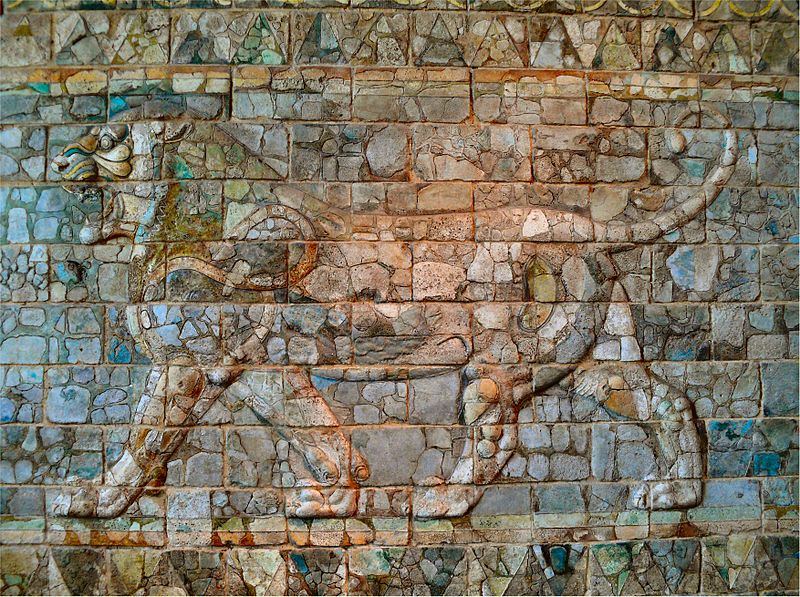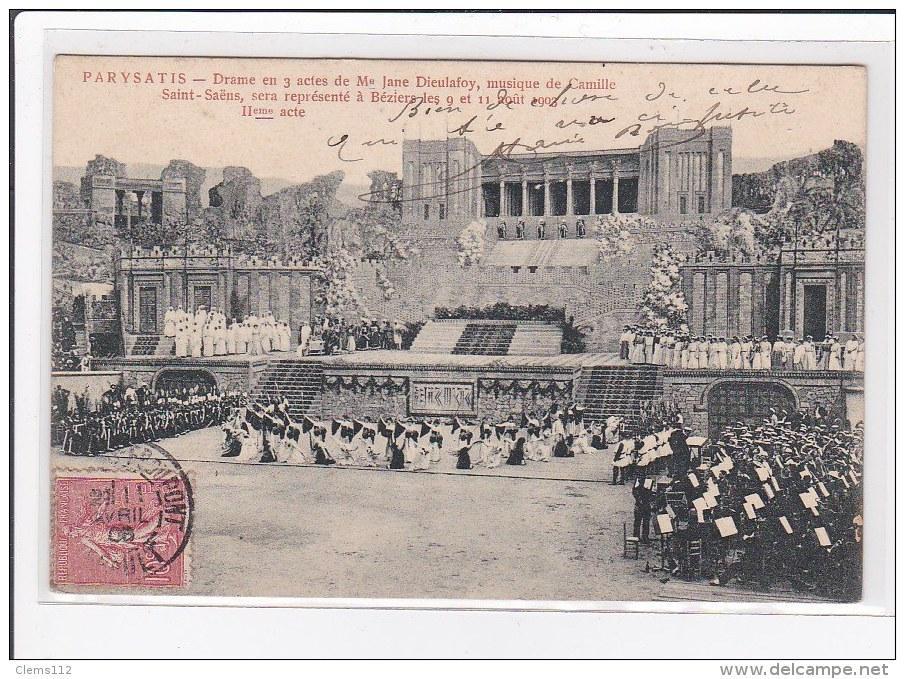Jane Dieulafoy was an accidental archaeologist who achieved so much in the field. After she married her husband, Marcel, the Franco-Prussian War (1870-1) broke out and Marcel who was a civil engineer was drafted. Jane cut her hair short and wore men’s clothing and joined him. She never grew her hair or dressed any differently after that.
Jane studied fine arts and had a knack for languages. She spoke English and Spanish and could read Italian and Portuguese. When her husband got a job in North Africa she learned Arabic and Persian.

After their travels to Spain, Italy, Egypt, Morocco and England, Marcel asked for an unpaid assignment to work in Persia. It was this trip that opened the door of possibilities for Jane and utilised her various talents and allowed her to flourish professionally. She fell passionately in love with Persia, her history and people. They were received by Naser al-Din Shah who first thought Jane was a boy. Jane a keen photographer was given access to photograph the palace life, including the andaruni, which was the first time a person was given permission to photograph women in their private quarters.
After 14 months of travel they reached Susa but because of bad weather they went back to France, knowing that they would return one day soon.
On their second visit in 1884, they worked tirelessly in Susa where they discovered the famous lion frieze, now displayed at Louvre, among its most prized treasures. Jane also painstaking restored any artefacts that she found buried under the ground.

Inspired by the history of Susa she wrote her first novel Parysatis (1890). “It was awarded a prize by the Académie française and was turned into a opera by Camille Saint-Saëns (Béziers, 1902).”( Asteroid 888 Parysatis is named after her.)

Jane published her travel journals in Persia, At Susa, the Ancient Capitol of the Kings of Persia: Narrative of Travel through Western Persian and Excavations Made at the Site of the Lost City of the Lilies (1994-1886).






